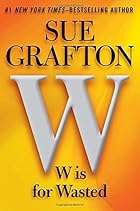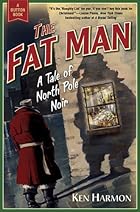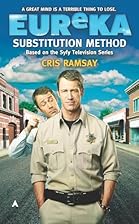This story begins with an attempted assination of two princes, one being the brother of Sister Fidelma. It appears to be an attempt from a neighboring kingdom, one with which they have poor relations. In another event, a monk disappears with a holy relic. As Fidelma investigates, things get much more complex. In a story full of conspiracies, feints, and hidden agendas, it is difficult to discern exactly what is going on. During a court session, in a classic ending, Sister Fidelma clarifies and explains all the events.
These stories are good at teaching about life and the times of 7th Century Ireland. This story explores life in a small town, a monastery, and a little about courts and legal processes. In addition to being a great story, this is a good book for any mystery lover, and particularly those interested in historical settings.









